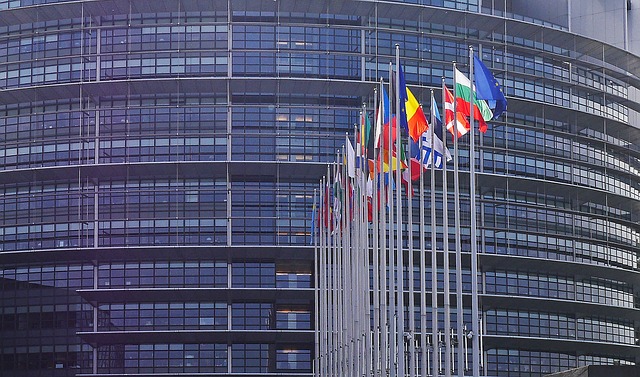The European Securities and Markets Authority (ESMA) has issued today a consultation paper on draft technical standards implementing the Securities Financing Transaction Regulation (SFTR), which aims to increase the transparency of shadow banking activities. Securities financing transactions (SFTs) are transactions where securities are used to borrow cash (or other higher investment-grade securities), or vice versa – this includes repurchase transactions, securities lending and sell/buy-back transactions.
The SFTR will require both financial and non-financial market participants to report details of their SFTs to an approved EU trade repository. These details will include the composition of the collateral, whether the collateral is available for reuse or has been reused, the substitution of collateral at the end of the day and the haircuts applied.
Steven Maijoor, ESMA Chair, said:
“Regulating securities financing is important as it will reduce financial stability risks from financial market activities, which so far only faced little to no regulation.
“The SFTR will provide transparency to regulators and investors on the use of SFTs, and will better allow to identify risks associated with collateral and its reuse.”
ESMA is seeking stakeholder’s views on its draft SFTR implementing measures. The key areas of the draft rules include:
- the procedure and criteria for the registration as a trade repository under the SFTR;
- the use of internationally agreed reporting standards, the reporting logic and the main aspects of the structure and content of SFT reports;
- the requirements regarding transparency of data, data collection, aggregation and comparison; and
- the access levels for different competent authorities.
ESMA has developed its proposals on reporting of SFTs building on its experience with the European Market Infrastructure Regulation (EMIR), and other EU-wide reporting regimes in order to align reporting standards to the maximum extent possible.
In addition to the SFTR, ESMA is proposing certain amendments to the existing standards implementing EMIR. These amendments are drafted to ensure a level-playing-field for market participants with regards to registration and access rules.
Next steps
The consultation is open for feedback until 30 November 2016. ESMA will use the feedback received to finalise its draft technical standards which are to be submitted to the European Commission for endorsement by the end of Q1/beginning Q2 2017. Consequently, the finalised SFTR implementing measures would then be expected to become applicable from 2018.
The ESMA statement together with the consultation paper can be found here.
